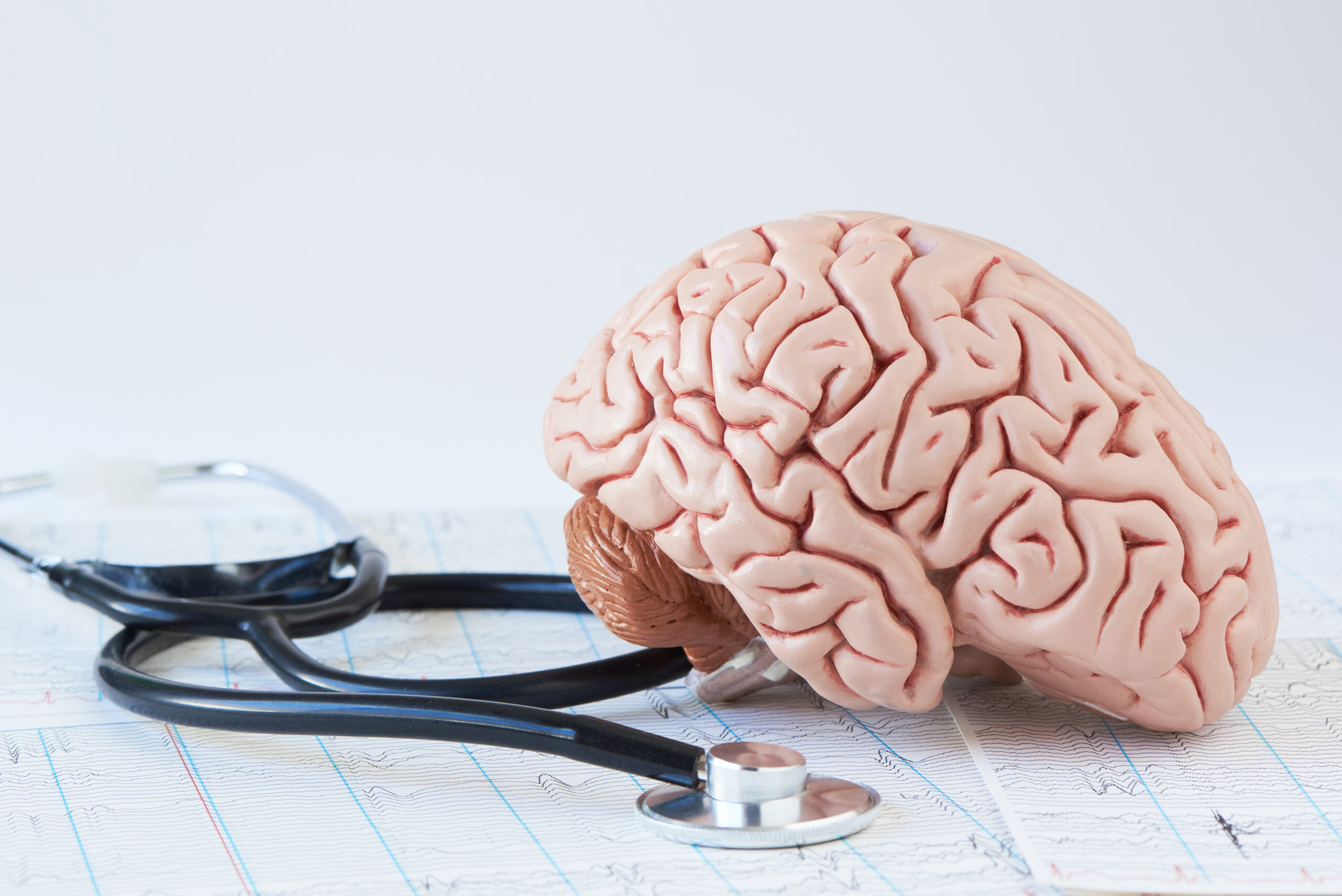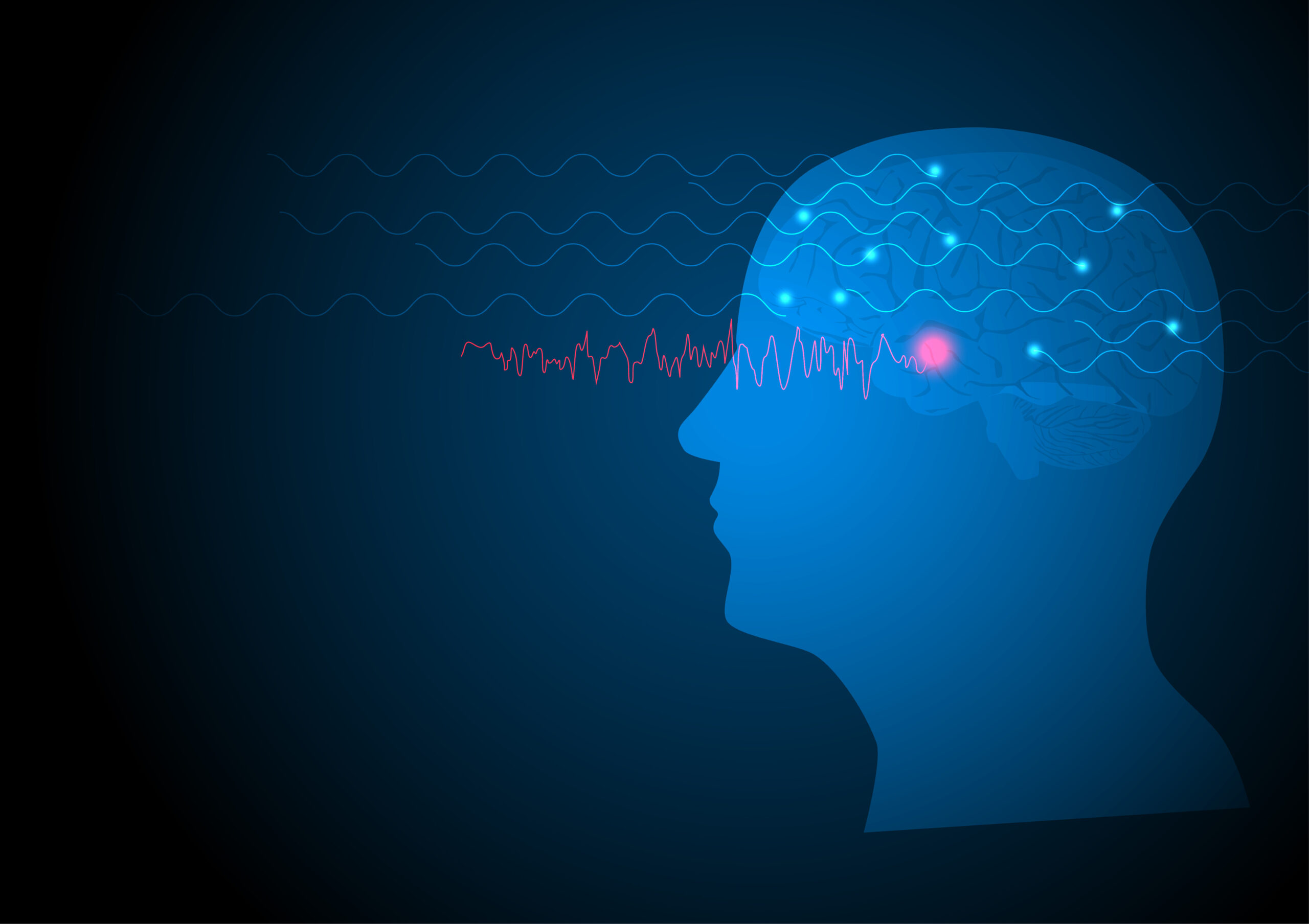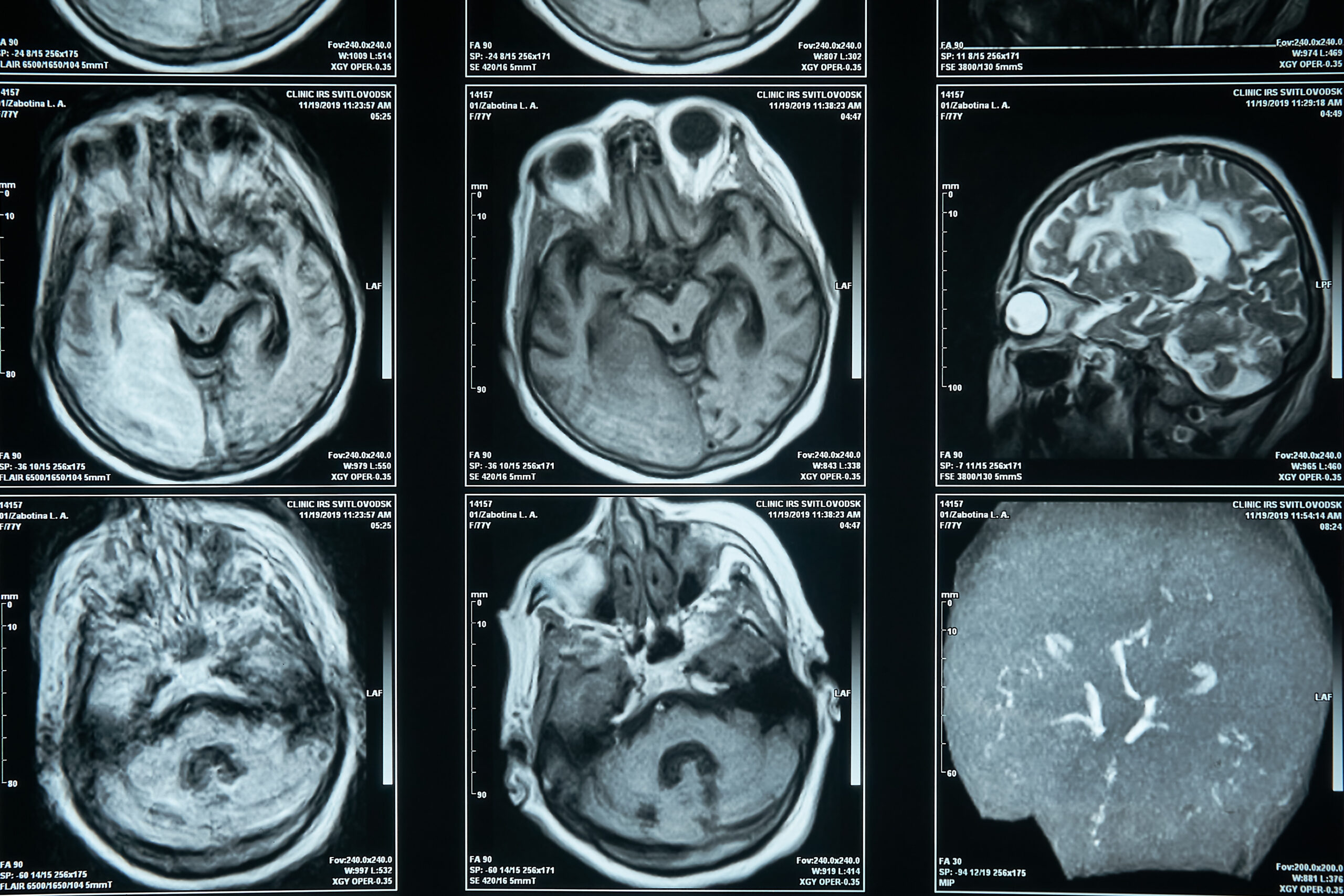Epilepsy and Paroxysmal Disorders
Seizures and seizure-like episodes are common but often treatable. Clear diagnosis and a tailored plan can restore safety, confidence and quality of life.
What is epilepsy?
A chronic tendency to have recurrent, unprovoked seizures. Getting the seizure type right (focal vs generalised) guides tests and treatment.
Assessment & tests
-
Detailed history (ideally with a witness account or phone video)
-
EEG / video-EEG; sleep-deprived or ambulatory EEG when events are sporadic
-
Brain MRI (epilepsy protocol) to look for structural causes
-
Blood tests where appropriate
Treatment & safety
-
Antiseizure medication chosen for your seizure type, lifestyle and side-effect profile
-
Rescue plan for prolonged seizures (e.g., buccal midazolam) where appropriate
-
Lifestyle and trigger management (sleep, alcohol, illness)
-
Driving, work and water/heights advice provided in line with UK guidance


Febrile seizures (children)
-
Brief seizures triggered by fever, typically between 6 months and 5 years of age. Most are short and self-limiting, and children recover fully.
What parents can expect
-
Paediatric review may be advised after a first event, especially if the seizure was prolonged, focal, or there were repeated episodes within 24 hours
-
Fever management and clear safety advice; very rarely, further tests are needed
-
Dr Francesco Manfredonia can provide initial guidance and signpost to paediatric specialists where appropriate
-

Status epilepticus
-
A medical emergency: prolonged seizure activity or repeated seizures without full recovery between them. Requires urgent treatment.
What to do
-
Call 999 immediately if a seizure lasts 5 minutes or more, or if another starts without recovery
-
Use prescribed rescue medication if you have it and have been trained
-
After emergency care, Dr Francesco Manfredonia will review triggers, adjust medication and update your rescue plan
-
Paroxysmal dyskinesias
Episodic, involuntary movements (dystonia/chorea/athetosis) without loss of consciousness. Attacks may be triggered by sudden movement (PKD), alcohol/caffeine or stress (PNKD), or prolonged exertion (PED), and can be mistaken for epilepsy.
Assessment & treatment
-
Careful history, home videos and, where needed, EEG to rule out seizures
-
Trigger management and tailored medication (for example low-dose sodium channel blockers in PKD)
-
Screening for associated conditions and genetics where indicated
How Dr Francesco Manfredonia can help
-
Accurate diagnosis: distinguishing epileptic seizures from faints, functional events and movement disorders
-
Neurophysiology expertise: high-quality EEG / video-EEG / ambulatory EEG to capture elusive episodes
-
Personalised care: modern antiseizure regimens, rescue plans, and advice for school, work, travel and sport
-
Escalation when needed: timely referral for surgery or neuromodulation in difficult-to-treat epilepsy; paediatric or genetics input where appropriate
Emergency: If a seizure lasts 5 minutes or more, seizures cluster without recovery, or breathing/injury is a concern, call 999.
For authoritative guidance, Dr Francesco Manfredonia aligns epilepsy assessment and management with the International League Against Epilepsy (ILAE) classifications and recommendations; you can learn more via the ILAE website. For clear, patient-friendly explanations of seizure types—with videos and diagnostic pathways—please visit: EpilepsyDiagnosis.org.
FAQ
How do I tell a seizure from a faint?
Faints usually follow standing, with pallor and quick recovery once horizontal. Many seizures have tonic–clonic movements or post-event confusion. History and, if needed, EEG help confirm the difference.
Will I always need medication for epilepsy?
Not always. Many people reach long seizure-free periods; decisions about starting, switching or tapering medicines are individualised.
My tests were ‘normal’—can I still have epilepsy?
Yes. Epilepsy is a clinical diagnosis; standard EEG/MRI can be normal between events. Prolonged or repeat monitoring may be useful.
Are febrile seizures dangerous?
Most are short and benign. Seek urgent care if a seizure is prolonged, focal, or if recovery is not as expected. Your clinician will advise on recurrence risk and safety.
What is a rescue plan?
A written step-by-step guide for managing prolonged seizures, including when to use prescribed rescue medication and when to seek emergency help.
How are paroxysmal dyskinesias treated?
By identifying triggers, ruling out epilepsy and using targeted medication when appropriate. Many people respond well to low-dose therapy and lifestyle adjustments.
Can I drive after a first seizure or blackout?
You may need to stop driving temporarily. Dr Francesco Manfredonia will advise in line with UK rules for fitness to drive.
Can I exercise or swim?
Yes—most activities are safe with sensible precautions and a partner for water sports. Your plan will be tailored to your risks and goals.
BOOK YOUR CONSULTATION
Book a consultation with Dr Francesco Manfredonia (Dr FM) for clear diagnosis, compassionate care and a plan built around your life and goals.
